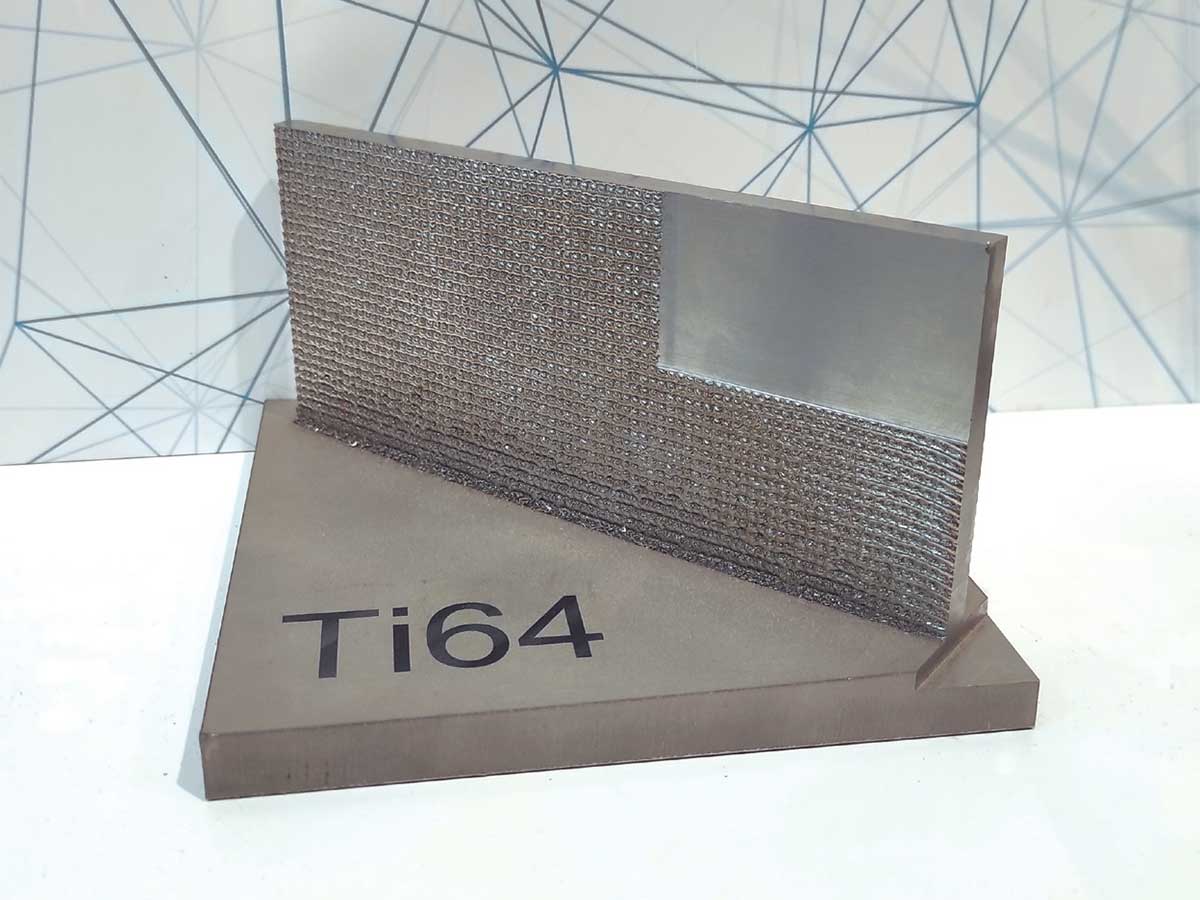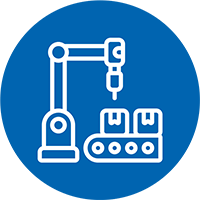ADDIECO
ADDITIVE VS SUBTRACTIVE MANUFACTURING OF AERONAUTICAL COMPONENTS
METAL-MECHANICAL MANUFACTURING, ONE OF THE MOST TRADITIONAL AND WELL-ESTABLISHED SECTORS IN THE BASQUE COUNTRY, is gradually adopting additive manufacturing (AM) technologies focused on the manufacture of structural components to replace forging and billet machining in the aerospace sector, for example. LMD (Laser Metal Deposition) is a direct manufacturing technique where metal powder or wire is injected into the base material and fused onto it by the action of a high-power laser beam. This process is faster with a higher material deposition rate and lower initial set-up cost, than other additive technologies; but it is also coarser and less accurate, although with good reproducibility and often requires further finishing.
TEKNIKER Technology Centre leads ADDIECO, and has worked in the project execution with DELASER, a company specialising in laser technology.

DRIVING FACTOR


 OBJECTIVES
OBJECTIVES
- Develop a hybrid technology based on AM by LMD (Laser Metal Deposition) for the aeronautical sector.
- Establish a sustainable, clean manufacturing methodology with minimal waste generation, as opposed to conventional technologies based on subtractive processes (machining or material removal).
- Reduce the use of energy, materials and consumables (tools and fluids).
 RESULTS
RESULTS
- The new LMD additive manufacturing process reduces swarf by 98.5%, coolant by 68.8% and raw material by 90.1%.
- Reduction of process energy by 12.25%, with overall consumption falling from 19.25 kWh in conventional manufacturing to 16.89 kWh in hybrid technology.
- An excellent result was obtained in terms of final part finish.
- There are further impacts related to argon consumption and higher electricity consumption (although total energy consumption is reduced), although the comparative Life Cycle Assessment (LCA) between the conventional and the hybrid processes shows that these impacts are offset in the overall result of huge reduction in raw material and coolant requirements.
 CONCLUSIONS
CONCLUSIONS
- ADDIECO needed to set up two work cells, one for powder and the other for wire, where titanium and steel-based parts were worked on, with a focus on developing complex geometries. The hybrid manufacturing process was completed by milling with a drill mill, which followed the AM process, without any major diffi culty thanks to the good precision of the LMD process.
- LMD has been validated as a clean technology for the aerospace industry, following the optimisation of the LMD process based on both powder and wire, and the development of a geometric control capable of maintaining a uniform part manufacturing process.
- ADDIECO has led to a prototype of an AM machine for metal wire deposition using laser technology, and the registration of TekAM software on the generation of trajectories for AM.
ENVIRONMENTAL
TECHNICAL
ECONOMIC
COMMERCIAL
ON THE MARKET


